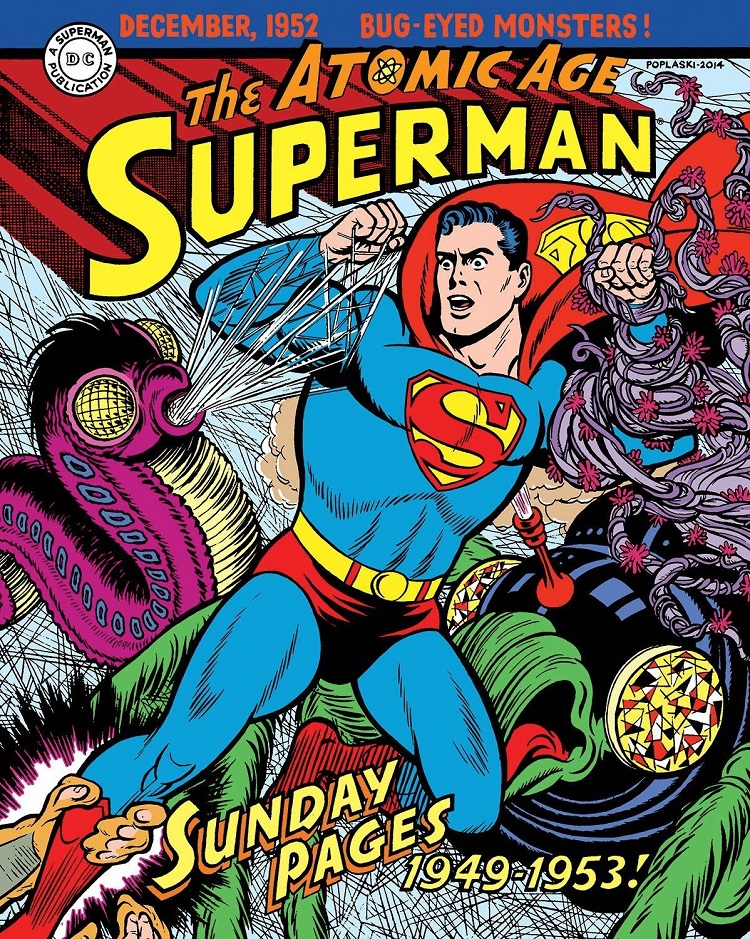
Written by Chad Derdowski
At the risk of sounding like that old guy down the street wearing black socks with sandals and shaking a rake at those darn neighbor kids who just won’t get off the lawn, today’s comic readers just don’t know how good they’ve got it. In my day, if you wanted to take part in the classic adventures of your favorite superheroes, you had to embark on a quest to find the old issues and pay an exorbitant price, then live the rest of your life in fear that this highly priced item would become ruined and useless and your investment wasted. Unless, of course, you were reading books like Marvel Tales, Classic X-Men or Marvel Saga, which reprinted old stories for the benefit of young whippersnappers who wanted to experience those bygone days when comics were great, consarnit! These days, it seems like everything has been collected and the entirety of sequential art history is only a trip to the comic shop or a mouse click away.
Of course, that’s not even close to the truth. There are countless examples of sequential art that haven’t seen the light of day since their original release, like the comic strips collected in Superman: The Atomic Age Sundays 1949-1953. This third volume in the Superman Sundays series collects more than 175 sequential Sunday pages and fills a huge gap in the Last Son of Krypton’s publishing history. And if I may once again run the risk of sounding like a bitter old comic fan…they just don’t make ‘em like this anymore.
Written by Alvin Schwartz and illustrated by Wayne Boring, the Superman presented in these stories might seem a bit foreign to modern readers. I’m going to go ahead and steal a line from my review of Superman: the Golden Age Sundays 1946-1949 (the previous volume in this series) and put these stories a little closer to Popeye or Mickey Mouse than to anything I’ve been accustomed to seeing from the Man of Steel since I started enjoying his exploits as a young boy in the 1980s.
There are no super villains to speak of and the majority of the stories lack any science fiction or fantasy elements outside of Superman himself. The only recognizable enemy is Mr. Mxyztplk, who’s really more of pest than a threat. There’s a time-travel story and one alien invasion and beyond that, it’s a whole lot of organized crime and super shenanigans. One might even be inclined to say that these stories involve a great deal of madcap hijinks bordering on tomfoolery.
We’ve got a story in which Superman takes the place of a conniving con man with a long list of enemies. Another pits the Man of Steel against two old tycoons engaging in a wager to obtain a series of impossible-to-get objects. The Man of Tomorrow returns to his boyhood home of Smallville to face a mystery that has gone unsolved since his youth, writes a column about his exploits only to see them reenacted, protects a publicity-prone playboy. and even finds himself acting as a “genie in a bottle” for a sick young boy who believes he has a magic wand.
If you’re looking for the guy who died and came back with a mullet or the dude who broke General Zod’s neck, you’re gonna have to look elsewhere. This barrel-chested purveyor of justice is mostly played for laughs and is decidedly all ages. In the place of the dastardly villains we’re used to, we find a lot of archetypes (in some instances, a better word might be “stereotypes”) like goofy hillbillies, crazy inventors, smooth city slickers, and scatterbrained inventors. Not a lot of grim and gritty here, folks. But we’ve got a whole lot of steely-eyed, square-jawed heroism.
However, if you’re into Super craftsmanship, you’ve come to the right place. In nearly every story, Superman finds a reason to whittle some life-size puppets, erect a grandstand, or build a house from scratch in mere seconds. In addition to his carpentry skills, Superman reconstructs a destroyed statue, blows glass and molds it into the shape of a giant monkey, builds a bicycle, and breaks ground for a new hospital. It’s all in a day’s work for Superman, and it’s usually one hell of a nutty day.
The stories contained in this collection possess a sense of humor and excitement we don’t really see anymore while still showcasing the most classic of superheroes doing what he has done best for 75 years now. The more things change, the more they stay the same – as different as these stories may be, the Man of Steel is completely recognizable and all the elements that make him who he is are in squarely in place.
As always, IDW Publishing and the Library of American Comics have put out a quality product and an instant classic. Superman: the Atomic Age Sundays 1949-1953 is a must have for Superman fans and comic historians alike.